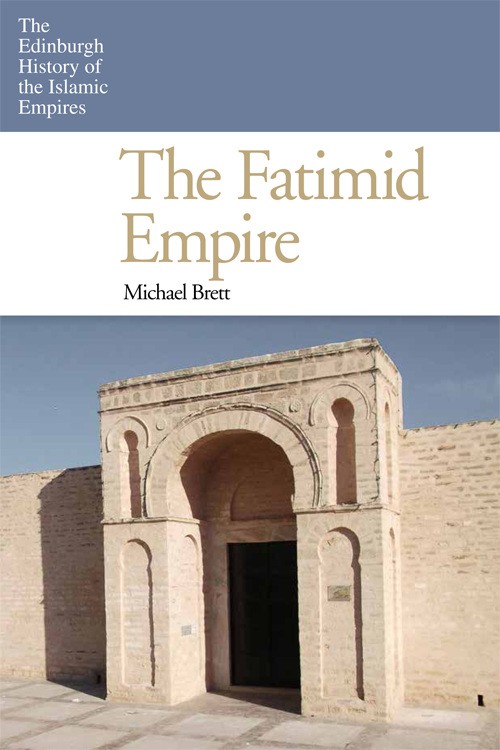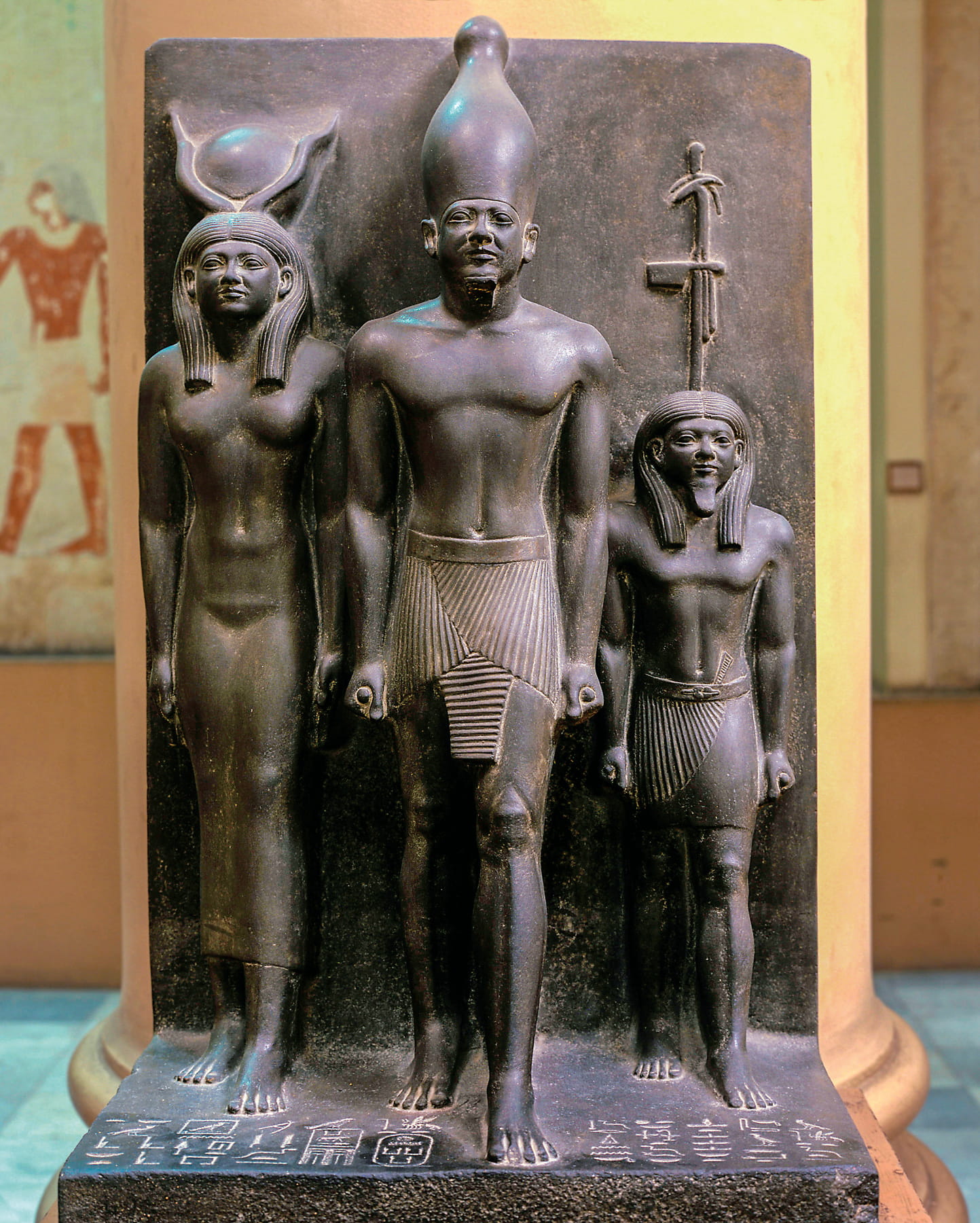
The Fatimid Empire
Tom Verde
Michael Brett.
2017, Edinburgh UP, 978-0-74864-0-775, £90.00 hb.
For nearly three centuries from 910–1171 CE, Fatimid power stretched from the Atlantic coast of North Africa to the shores of India, with governors and client kings ruling various cities and fortified provinces. This comprehensive volume, part of The Edinburgh History of the Islamic Empires series, is a close examination of an era that
was critical in the evolutionary development of the Muslim community “from a conquering army into a civilian population,” writes Brett. He studies the dynasty from
its inception as “a means to displace … [its] ‘Abbasid rivals as the legitimate rulers of a Muslim commonwealth centred upon Cairo,” to its mad, albeit enlightened ruler
(al-Hakim, 10th and 11th centuries), to its burgeoning economy, “heightened by the trading and manufacturing of agricultural produce,” such as flax for linen and
Sugarcane, “to supply an export as well as an internal market.”
was critical in the evolutionary development of the Muslim community “from a conquering army into a civilian population,” writes Brett. He studies the dynasty from
its inception as “a means to displace … [its] ‘Abbasid rivals as the legitimate rulers of a Muslim commonwealth centred upon Cairo,” to its mad, albeit enlightened ruler
(al-Hakim, 10th and 11th centuries), to its burgeoning economy, “heightened by the trading and manufacturing of agricultural produce,” such as flax for linen and
Sugarcane, “to supply an export as well as an internal market.”
You may also be interested in...

The Legacy of Egyptologist George Reisner—Our Book Review
When George Reisner died in 1942, he did so surrounded by ghosts—not just the pharaohs he’d unearthed but the stacks of unpublished notes that entombed his legacy.
Asma Khan’s Monsoon Cookbook Reclaims Taste of Home—Our Book Review
Known for her all-female kitchen at London’s Darjeeling Express, Asma Khan transforms her new cookbook into a memoir, steeped in nostalgia.